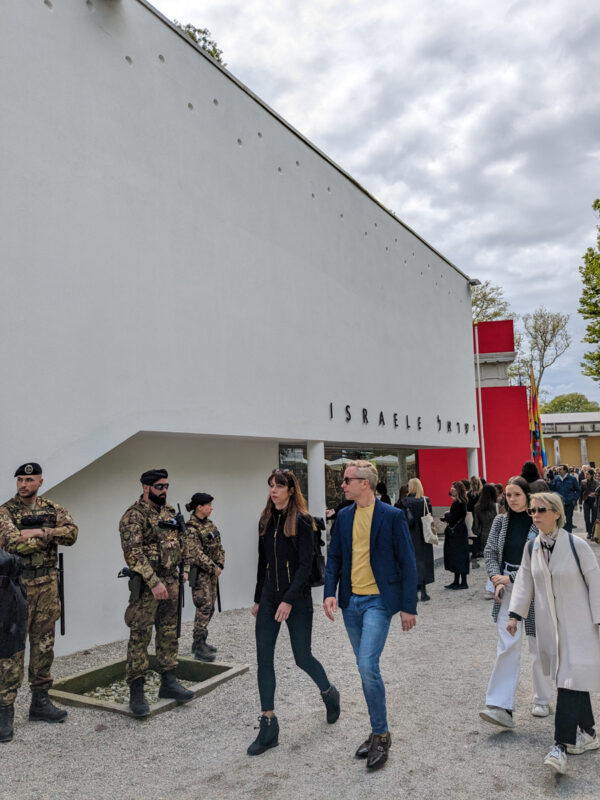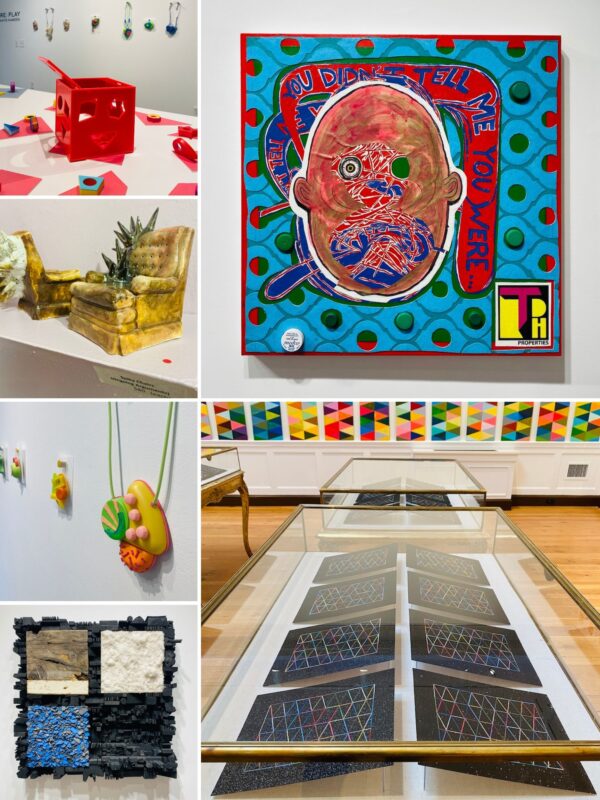A timely new exhibition exploring the historic and contemporary organized labor movement in America, Collective Action: Labor Activism in 21st Century Baltimore, opened on May 1st at the Baltimore Museum of Industry (BMI).
It makes perfect sense that a show devoted to labor would be unveiled on this particular date. May 1st, also known as May Day or International Workers’ Day, is a globally recognized anniversary for workers, honoring laborers and their many contributions to the industrialized world. Without its workforce, how could a modern nation like the United States even exist?
Not only was the opening to Collective Action well-timed, Baltimore is itself the perfect place for an exhibition focusing on the history of the US labor movement. For three centuries, “Charm City” has been central to American industrialism: from its early colonial days as a hub of maritime trade and shipbuilding in the eighteenth century; through the rise of the Industrial Revolution and the country’s first commercial railway in the nineteenth; to the erection of a multitude of downtown skyscrapers in the interwar period of the twentieth, Baltimore has been—and remains to be—the site of hard work and sustained progress.
So where does the city stand in terms of labor nearly a quarter-century into the new millennium? That’s exactly the question that Collective Action at the BMI seeks to answer. And answer it does.






















